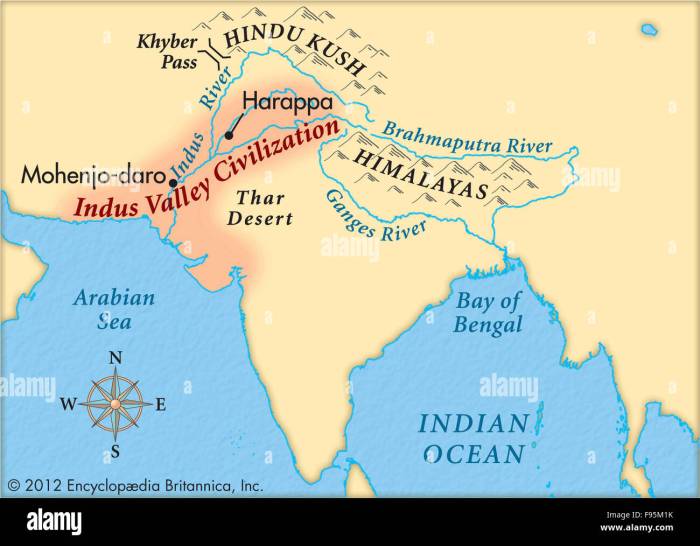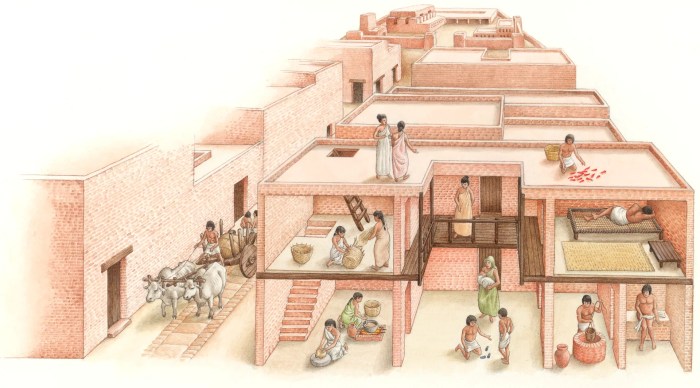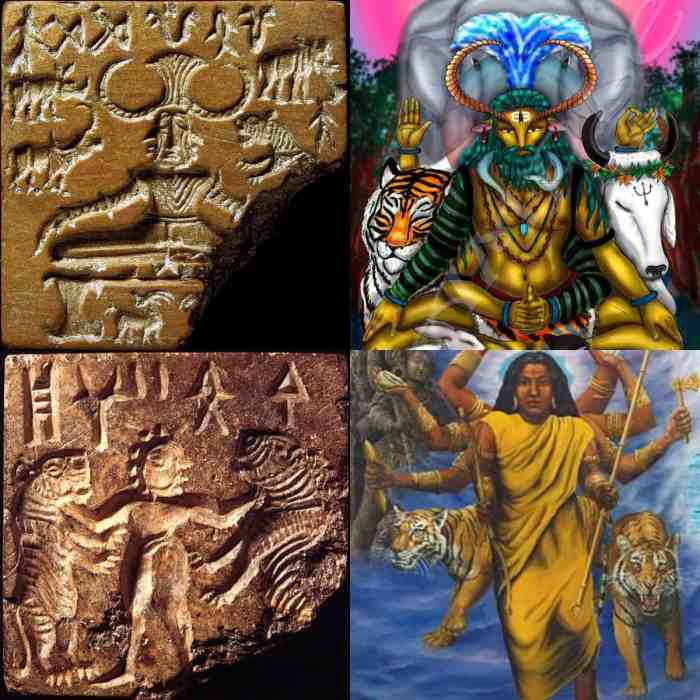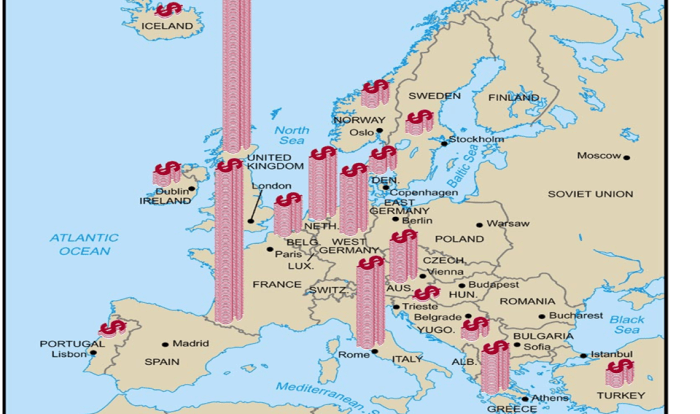Embark on a journey through the Indus River Valley Civilization cloze reading, a captivating immersion into the depths of one of the world’s earliest and most enigmatic civilizations. Delve into the rich tapestry of its history, society, culture, and legacy, as we unravel the secrets of this ancient civilization that flourished along the banks of the mighty Indus River.
Uncover the geographical expanse, major settlements, and social structure that defined the Indus River Valley Civilization. Explore its economic networks, religious beliefs, and artistic expressions. Witness the technological advancements that propelled this civilization forward and unravel the mysteries surrounding its eventual decline.
Indus River Valley Civilization Overview

The Indus River Valley Civilization, also known as the Harappan Civilization, flourished in the northwestern region of the Indian subcontinent from approximately 2600 to 1900 BCE. It was one of the world’s earliest major civilizations, characterized by its advanced urban planning, social organization, and cultural achievements.
The Indus River Valley Civilization covered a vast area, extending from the foothills of the Himalayas in the north to the Arabian Sea in the south, and from the modern-day Pakistani province of Balochistan in the west to the Indian state of Gujarat in the east.
Major cities and settlements of the Indus River Valley Civilization included Harappa, Mohenjo-daro, Dholavira, Lothal, and Kalibangan. These cities were remarkable for their sophisticated urban planning, featuring grid-patterned streets, multi-storied buildings, and advanced drainage systems.
Indus River Valley Civilization Society

The Indus River Valley Civilization had a complex social structure, with evidence of social stratification and specialized occupations. The society was likely ruled by a central authority, as evidenced by the presence of large public buildings and the standardization of weights and measures.
The economy of the Indus River Valley Civilization was based on agriculture, with the cultivation of wheat, barley, and cotton. The civilization also engaged in trade with other regions, including Mesopotamia and Persia.
The religious beliefs and practices of the Indus River Valley Civilization are not fully understood, but there is evidence of a mother goddess and a bull deity. The people of the Indus River Valley Civilization also practiced rituals involving fire and water.
Indus River Valley Civilization Culture: Indus River Valley Civilization Cloze Reading

The Indus River Valley Civilization produced a rich and diverse culture, including art, architecture, and writing. The art of the Indus River Valley Civilization is characterized by its use of terracotta figurines, pottery, and seals.
The architecture of the Indus River Valley Civilization is notable for its use of standardized bricks and the construction of large public buildings, such as the Great Bath at Mohenjo-daro.
The Indus River Valley Civilization developed a writing system, which is still undeciphered. The script was used on seals, pottery, and other artifacts.
The Indus River Valley Civilization also made significant technological advancements, including the development of a system of weights and measures, the use of bronze and copper, and the invention of the wheel.
Indus River Valley Civilization Decline

The decline of the Indus River Valley Civilization is a subject of ongoing debate among scholars. Some theories suggest that the decline was due to environmental factors, such as climate change or natural disasters. Others suggest that the decline was due to internal factors, such as social unrest or economic decline.
Whatever the cause, the Indus River Valley Civilization collapsed around 1900 BCE. The reasons for its decline remain a mystery, but its legacy continues to inspire and fascinate scholars and historians today.
FAQs
What was the extent of the Indus River Valley Civilization?
The Indus River Valley Civilization extended over a vast area, encompassing parts of present-day Pakistan, India, and Afghanistan.
What were the major cities of the Indus River Valley Civilization?
The two largest and most well-known cities of the Indus River Valley Civilization were Harappa and Mohenjo-daro.
What is the significance of the Indus River Valley Civilization?
The Indus River Valley Civilization is significant as one of the earliest and most advanced urban civilizations in the world, contributing to fields such as architecture, sanitation, and writing.

